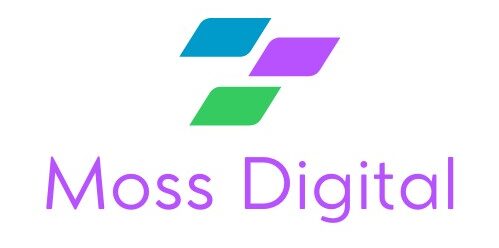Best AI Tools for Data Analysis in 2025
As businesses and researchers handle increasingly complex datasets, AI-powered tools have become essential for data analysis. Whether you’re working with big data, predictive analytics, or business intelligence, AI tools can help extract insights faster and more efficiently. Below, we explore the top AI tools for data analysis, comparing their features, benefits, and use cases.
1. IBM Watson Analytics
IBM Watson Analytics offers AI-driven data visualization, predictive analytics, and natural language processing to help users uncover hidden patterns.
- Pros: No coding required, strong predictive analytics, cloud-based.
- Cons: Can be costly for small businesses.
- Best For: Enterprise-level data analysis and predictive insights.
2. Google Cloud AutoML
Google’s AutoML enables users to build custom machine learning models without deep AI expertise, making it ideal for predictive analytics.
- Pros: Easy-to-use interface, seamless Google Cloud integration.
- Cons: Pricing can be expensive for large-scale data processing.
- Best For: Businesses looking to build custom AI models for data analysis.
3. Microsoft Azure Machine Learning
Azure Machine Learning provides a robust cloud-based AI platform for data scientists, offering automation, model training, and deployment capabilities.
- Pros: Scalable, supports multiple programming languages.
- Cons: Requires familiarity with cloud computing.
- Best For: Data scientists and developers in need of an advanced AI analytics platform.
4. Tableau with AI
Tableau uses AI-driven analytics to generate visual insights and predictive modeling, making data interpretation easier for businesses.
- Pros: User-friendly, powerful visual analytics.
- Cons: Limited AI automation features compared to competitors.
- Best For: Business intelligence and visual data storytelling.
5. DataRobot
DataRobot automates the machine learning workflow, from data preprocessing to model deployment, making AI accessible for non-experts.
- Pros: End-to-end automation, easy integration with various data sources.
- Cons: Expensive for smaller teams.
- Best For: Organizations looking to streamline AI model development.
6. RapidMiner
RapidMiner offers a no-code AI environment for data analytics, predictive modeling, and machine learning automation.
- Pros: Intuitive drag-and-drop interface, extensive ML model library.
- Cons: Some advanced features require a paid plan.
- Best For: Businesses and researchers without coding experience.
7. Alteryx
Alteryx combines AI-driven automation with powerful analytics tools, allowing users to clean, analyze, and visualize data effortlessly.
- Pros: Strong automation features, wide integration support.
- Cons: High learning curve for new users.
- Best For: Data analysts and business intelligence teams.
8. KNIME
KNIME is an open-source analytics platform that integrates AI and ML to automate data workflows and predictive analytics.
- Pros: Free, open-source, and flexible.
- Cons: Requires some technical knowledge to use effectively.
- Best For: Researchers, academics, and data analysts on a budget.
9. H2O.ai
H2O.ai provides an open-source AI-driven platform for machine learning, deep learning, and automated data analysis.
- Pros: Open-source, scalable for large datasets.
- Cons: May require programming skills for advanced use.
- Best For: Data scientists and machine learning engineers.
10. MonkeyLearn
MonkeyLearn is an AI-powered text analysis tool that helps businesses extract insights from unstructured data like customer feedback and social media.
- Pros: No-code AI text analysis, easy API integration.
- Cons: Limited support for non-text data analysis.
- Best For: Businesses looking to analyze text-based data efficiently.
Choosing the Right AI Tool for Your Needs
When selecting an AI tool for data analysis, consider:
- Ease of Use: No-code tools like RapidMiner and Tableau are ideal for beginners.
- Scalability: Platforms like Azure ML and H2O.ai are suited for large-scale enterprise applications.
- Cost: Open-source solutions like KNIME and H2O.ai offer budget-friendly alternatives.
- Integration: Tools like Alteryx and DataRobot support various data sources and workflows.
For a deeper look into how AI is transforming data analysis, check out this comprehensive industry report.
Final Thoughts
AI-powered data analysis is reshaping industries, enabling businesses to make faster, data-driven decisions. Whether you’re an analyst, developer, or researcher, the right AI tool can enhance productivity and uncover hidden insights. Now is the time to explore AI’s potential in data analytics.




